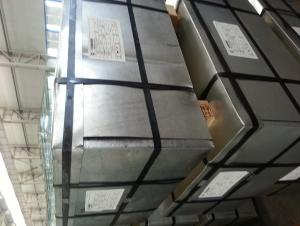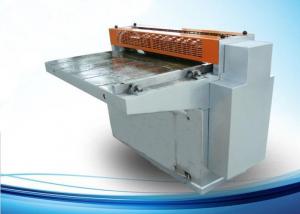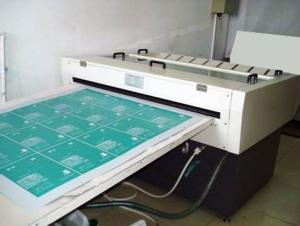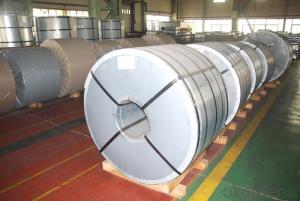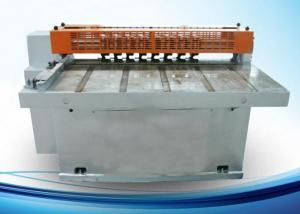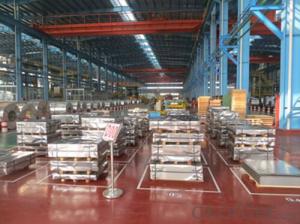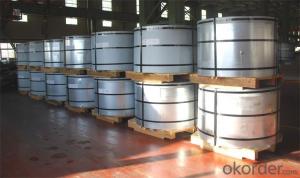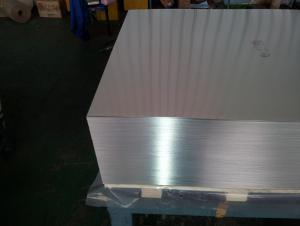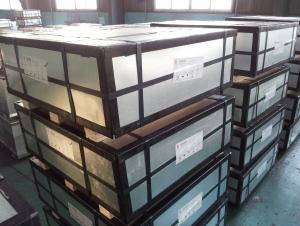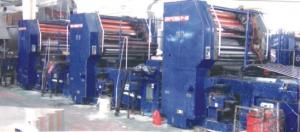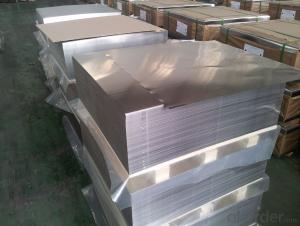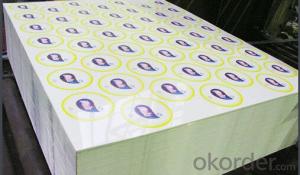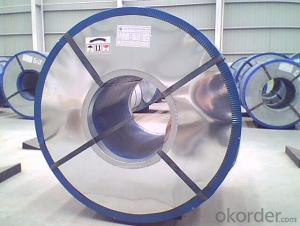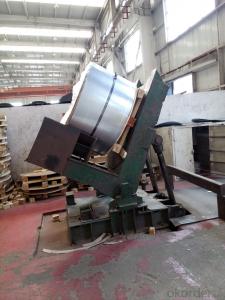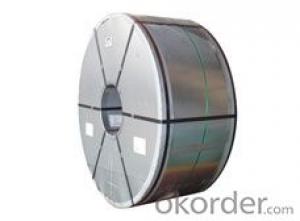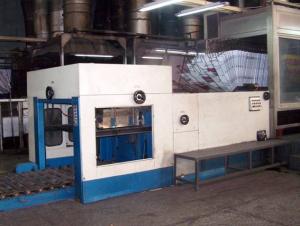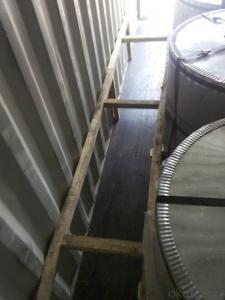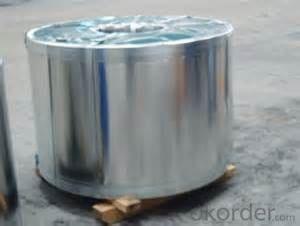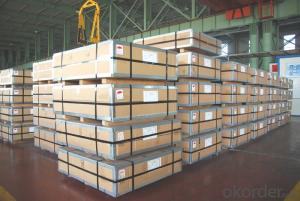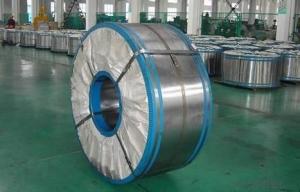Tinplate Coating
Tinplate Coating Related Searches
Tinplate Printing Tinplate Material Printing Tinplate Tinplate Packaging Printed Tinplate Lacquered Tinplate Tinplate Products Tinplate Cover Tinplate Production Tinplate Recycling Tinplate Tins Buy Tinplate Tinplate Layout Tinplate China Tinplate Company Tinplate Factory Tinplate Purchasing Corp Tinplate Food Packaging Tinplate Printing Machine Italy Tinplate Envases Tinplate Tinplate Properties Tinplate Screener Tinplate Manufacturers Tinplate Metal Tinplate Iron Thyssenkrupp Tinplate Printing Tinplate Sheet Tinplate Share Tinplate ContainersTinplate Coating Supplier & Manufacturer from China
Tinplate Coating is a type of coating applied to steel sheets, providing a protective layer and enhancing the product's appearance. This coating is made from a thin layer of tin applied to the surface of the steel, which helps in preventing corrosion and rust. The process of tinplate coating offers a range of benefits, including improved durability, better resistance to environmental factors, and an aesthetically pleasing finish.Tinplate Coating is widely used in various industries, including food and beverage packaging, automotive, and construction. It is particularly popular in the manufacturing of cans, containers, and other items that require a high level of protection against corrosion and wear. The coating not only serves a functional purpose but also enhances the visual appeal of the final product, making it an essential component in many manufacturing processes.
Okorder.com is a leading wholesale supplier of Tinplate Coating, offering a vast inventory of high-quality products to cater to the diverse needs of various industries. With a commitment to providing excellent customer service and reliable products, Okorder.com ensures that customers receive the best possible solutions for their tinplate coating requirements.
Hot Products
